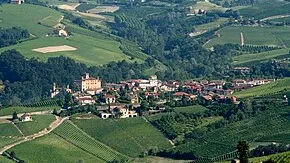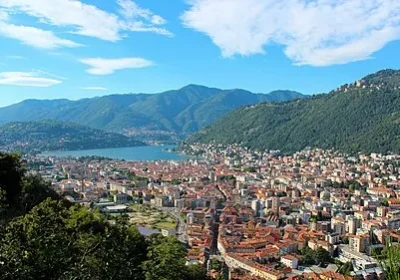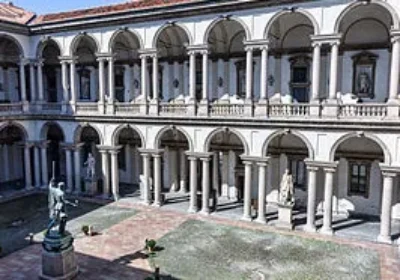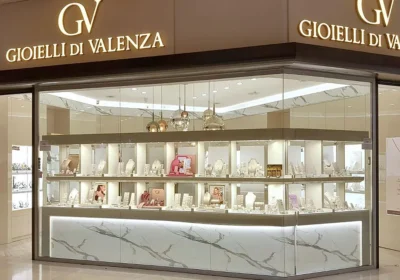Sandwiched between the Alps in the north and the Apennines in the south, Piedmont is home to the Nebbiolo, Barbera and Arneis grape varieties. The vineyards of Lange-Roero and Monferrato are among the few wine regions listed as a UNESCO World Heritage Site, along with St. Emilion in Bordeaux and Tokaj in Hungary.
Barolo
“The king of wine and the wine of kings,” Barolo is considered one of the best wines in the world. It is made from the pure Nebbiolo grape, which is so full of tannins that its wines need to age for years in oak barrels and then in bottles to be drinkable.
Barolo is only grown in a small DOCG (Denominazione di Origine Controllata e Garantita) and there are strict rules regarding its production. Standard Barolo must be aged for at least three years, spending at least two years in oak barrels, while Barolo Riserva needs to spend five years in barrels. It should then be left in the bottle for seven to 10 years before drinking.
The best winemakers only produce a few thousand bottles of this delightful wine each year. Demand always exceeds supply, resulting in higher prices.
What does Barolo taste like? Barolo is a very complex wine with a flavor that some describe as “tar and roses.” Dried black fruits like cherries and prunes are combined with spices like licorice, cinnamon and cloves, as well as aromas of sweet tobacco, leather and chocolate.
Barbaresco
If Barolo is the king of wines, Barbaresco is the queen. It’s also made from Nebbiolo, but while Barolo is austere and muscular, Barbaresco is softer. Barbaresco’s vineyards are located in a horseshoe shape around the small town of Neuve. The pungent tannins of Nebbiolo tend to soften more quickly in Barbaresco, so it is allowed to age a year less than Barolo before bottling.
What does Barbaresco taste like? Its aroma is a powerful combination of dried flowers: rose hips and violets, dried fruits: prunes, figs and strawberries, herbs and spices: licorice, pepper and cloves surrounded by rich aromas of tobacco, vanilla, chocolate and leather.
Barbera
Barbera is another popular grape variety in Piedmont, accounting for nearly half of the vines grown in the region. Although it is often added to table wines throughout Italy, its best aspects are found in the Monferrato region of Piedmont. The best Barbera wines come from the DOCG Barbera d’Asti – the Asti Nice subzone has also recently been granted DOCG status. Another excellent example of the wine comes from the Barbera d’Alba DOC.
What is the flavor of Barbera wine? With high acidity and low tannins, Barbera is generally light and refreshing. Although it has a dark color, it tastes like wild cherries, raspberries and blueberries, with a warming vanilla and spice base from aging in oak.
Arneis
The best examples of this flavorful white grape come from Roero, across the Tanaro River from Barolo and Barbaresco. After World War II, Arneis almost became extinct. It was saved only because a few vineyards kept plantings of this sweet grape variety to keep pests away from the more valuable Nebbiolo vines. It has made a remarkable recovery and today it is the most prestigious white grape in the region.
What is the flavor of Arneis? Deliciously tangy and refreshing, it has subtle aromas of fresh pear, apricots and flowers. A hint of hazelnut adds complexity to these wines.

















